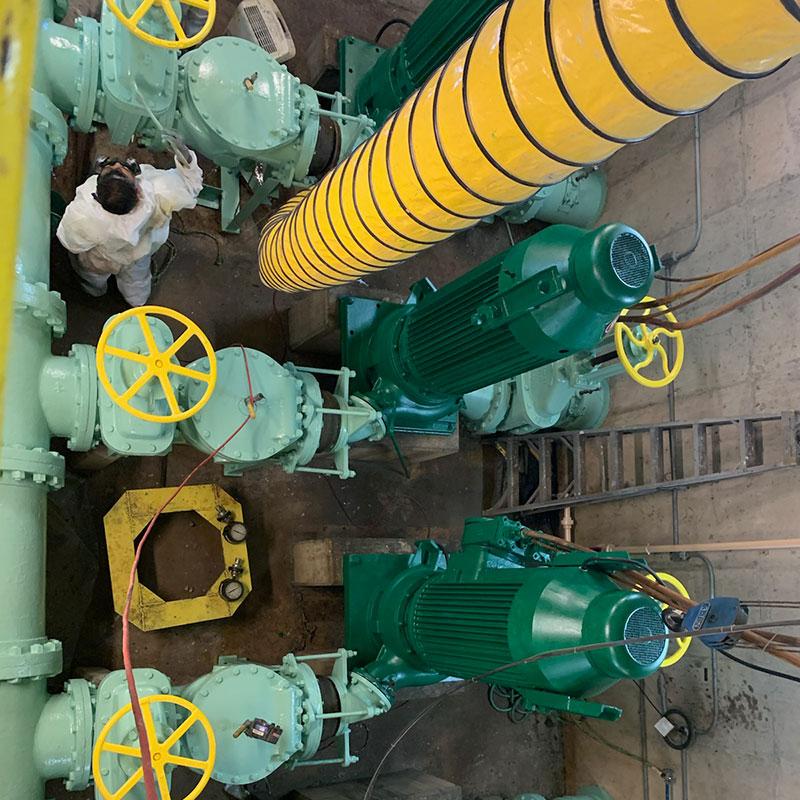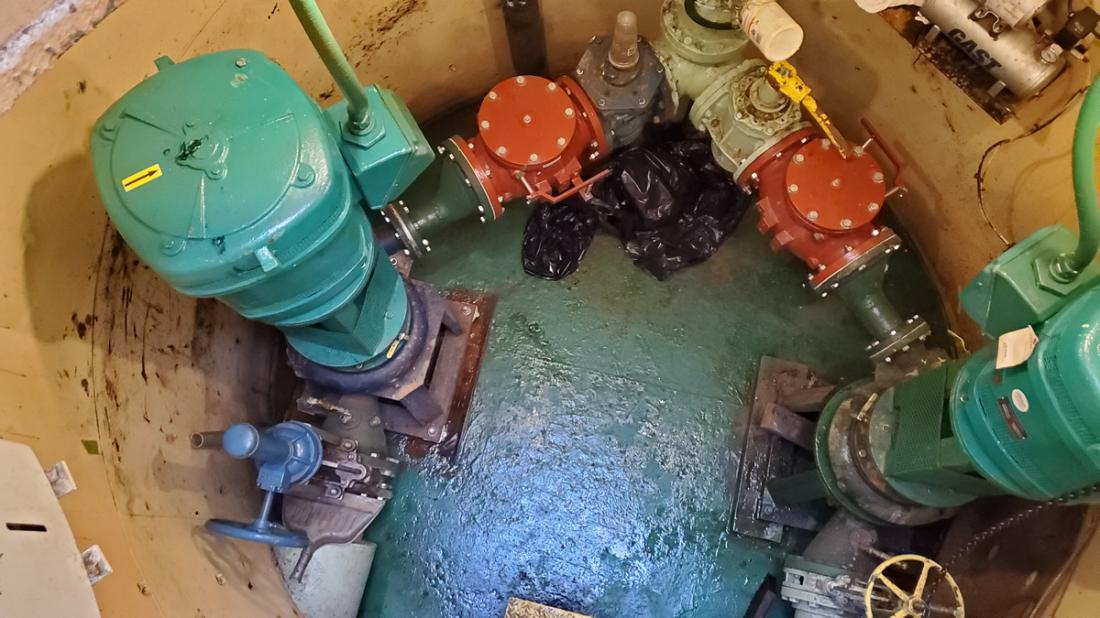

The purpose of QA/QC in coatings applications is to maximize the service life of the coatings system applied to the asset. Proper QA/QC ensures coatings application is carried out according to project specifications and industry standards allowing the coatings system to reach its expected service life. This in turn reduces costs of coating maintenance during coatings’ service life. Proper inspection limits the possible negative effects on other systems protecting the asset such as cathodic protection or AC mitigation systems caused by coating defects (holidays and coating thickness anomalies). Having EDTs’ certified QA/QC professionals onsite also limits the liability of all parties by reducing work stoppages due to contractual disputes.
Engineering Design Technologies, Inc. (EDT) is the gold standard for coatings inspection in the industry. Our team carries the most current industry certifications including NACE CIP 2 Bridge Specialty, MDE Erosion and Sediment Control and the OSHA 40hr certifications.
Cathodic Protection systems are beneficial for aboveground storage tanks which are used to store many different products by both public and private owners. Our team is experienced working with impressed current and galvanic cathodic protection of aboveground storage tanks.
Direct inspection of underground storage tanks (UST) is generally limited to before and during the installation process in both the water/wastewater and oil/gas industries. Owners rely on EDT’s NACE certified Cathodic Protection Specialists’ years of experience in working with underground storage tanks. Our professionals have years of experience designing, installing, inspecting and maintaining cathodic protection systems on underground storage tanks so that they attain the maximum possible service life.
The most common product stored in aboveground storage tanks is potable water servicing local communities around the clock. Cathodic protection systems in aboveground storage tanks work with coatings to protect the substrate of the tank. These cathodic protection systems work in direct contact with the potable water used by millions of people every day.